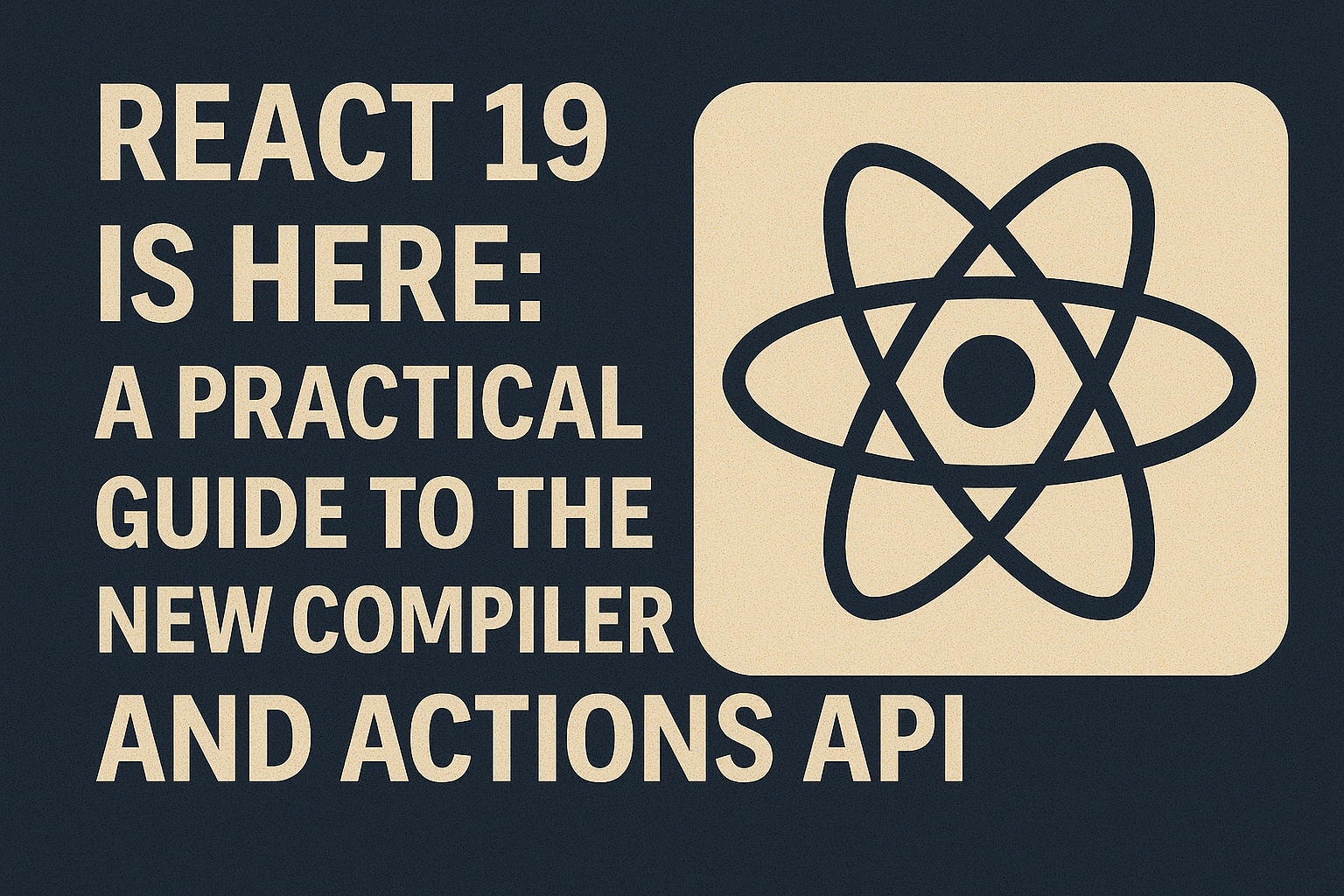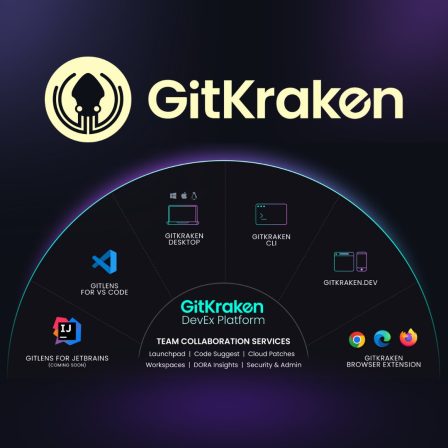There is no item in your cart

React 19 is Here: A Practical Guide to the New Compiler and Actions API
For months, the React community has been buzzing with anticipation, and now it’s finally official: React 19 has landed. This isn’t just an incremental update with a few new hooks; it’s a foundational shift that promises to significantly improve both developer experience and application performance, thanks to two star features: the React Compiler and the new Actions API.
If you’ve ever found yourself wrapping components in React.memo or littering your code with useMemo and useCallback, this update is for you. Let’s dive into what these changes mean and how they’ll simplify the way you build React apps.
1. The Magic of the React Compiler (React Forget)
The most talked-about feature is undoubtedly the new React Compiler. For years, optimizing React apps against unnecessary re-renders has been a manual process. We had to carefully decide when and where to use useMemo and useCallback to prevent components from re-rendering. This added mental overhead and often led to premature or incorrect optimization.
The Solution: The React Compiler automates this entire process. It’s an optimizing compiler that analyzes your JSX and JavaScript code and automatically applies memoization where it sees fit. You no longer need to manually use useMemo or useCallback. You can write more natural, straightforward code, and the compiler will handle the performance optimizations for you behind the scenes.
The Insight: This is a monumental win for developer experience. It lowers the barrier to writing highly performant apps and allows teams to focus on business logic instead of fine-tuning re-renders.
2. Simplifying Data Mutations with Actions
Handling form submissions and data mutations has always involved a fair amount of boilerplate. You typically need multiple useState hooks to manage loading states, error states, and submission status.
The Solution: React 19 introduces a new way to handle these operations, called Actions. It streamlines the process of managing data mutations by providing built-in support for the entire pending->success/error lifecycle. With the new useActionState hook, you can manage form state much more cleanly.
A Quick Example:
JavaScript
// The old way required multiple useState hooks.
// The new way with useActionState:
async function updateName(previousState, formData) {
const newName = formData.get("name");
const result = await api.updateName(newName);
if (!result.success) {
return result.error; // This becomes the 'error' state
}
return null; // Success
}
function NameForm() {
const [error, submitAction, isPending] = useActionState(updateName, null);
return (
<form action={submitAction}>
<input type="text" name="name" />
<button type="submit" disabled={isPending}>
{isPending ? 'Updating...' : 'Update'}
</button>
{error && <p style={{color: 'red'}}>{error}</p>}
</form>
);
}
The Insight: This pattern centralizes the logic for handling asynchronous operations, making your components cleaner, more predictable, and significantly reducing boilerplate code.
3. What Else is New?
React 19 also brings official support for Custom Elements, making it much easier to integrate Web Components into your React applications, and introduces new features for Server Components to streamline data fetching.
Conclusion
React 19 is a landmark release focused squarely on improving the developer experience. By automating performance optimization with the new compiler and simplifying data handling with Actions, the React team has removed major sources of friction in modern web development. The message is clear: write less boilerplate, build more intuitive applications.
As you start exploring these powerful new features, having a top-tier IDE is essential. A tool like [JetBrains WebStorm from SMONE] can provide intelligent code completion and refactoring tools to help you adopt the latest React patterns with confidence.





























































